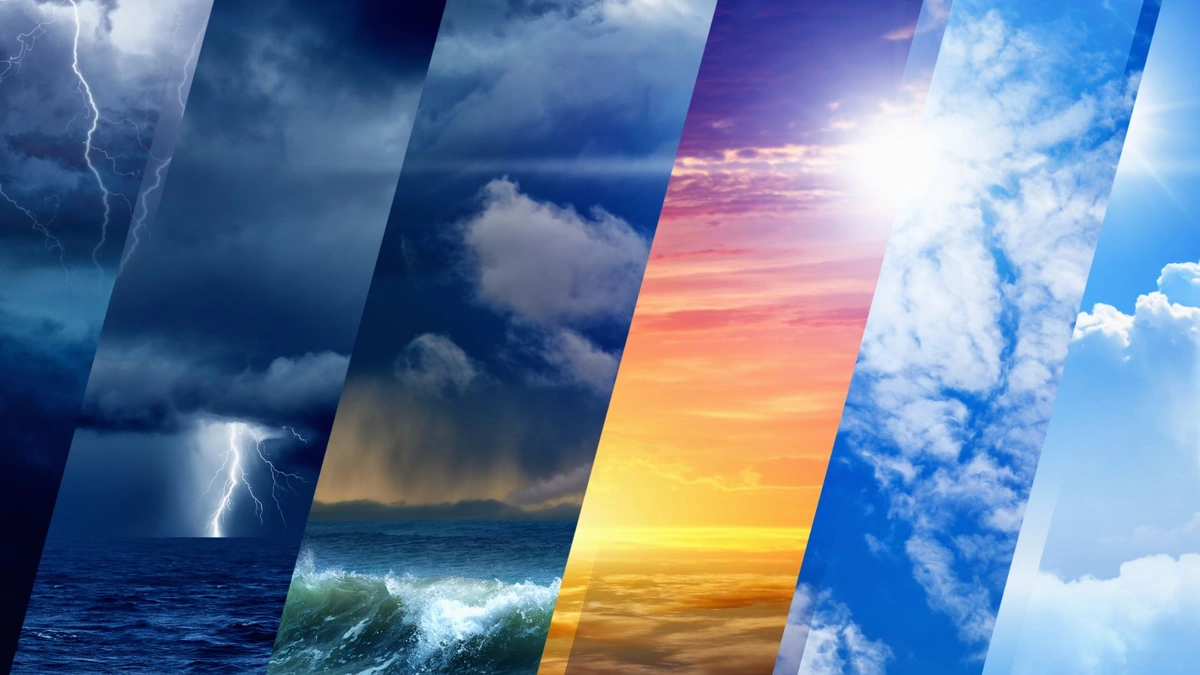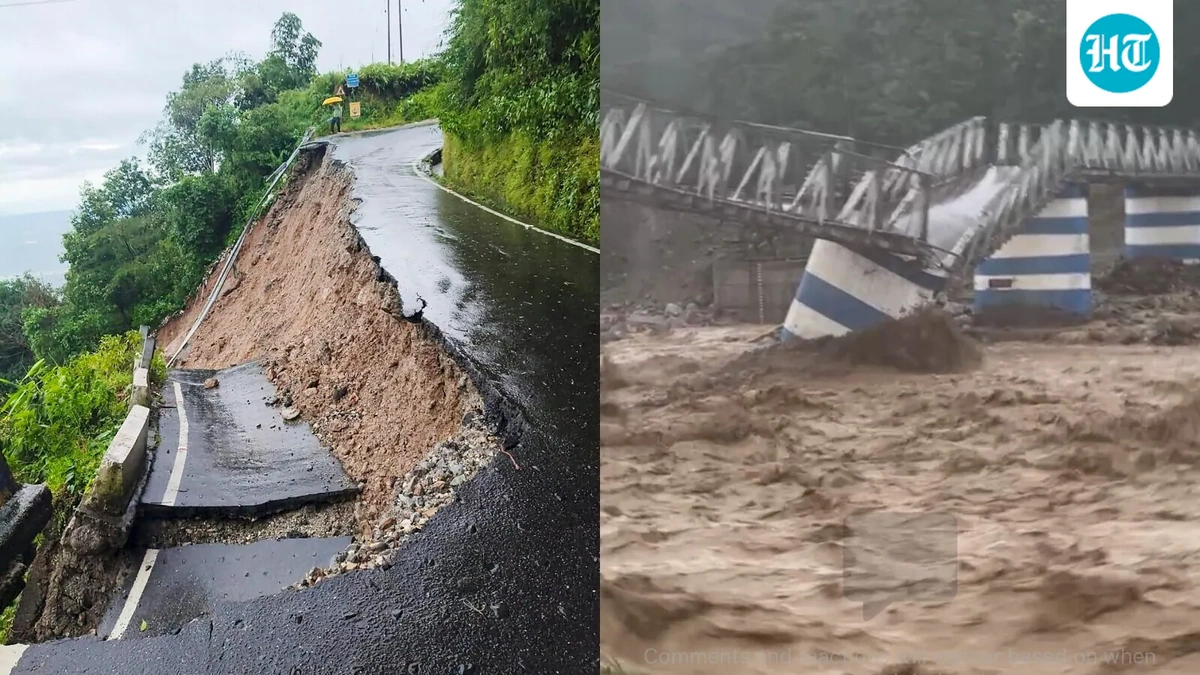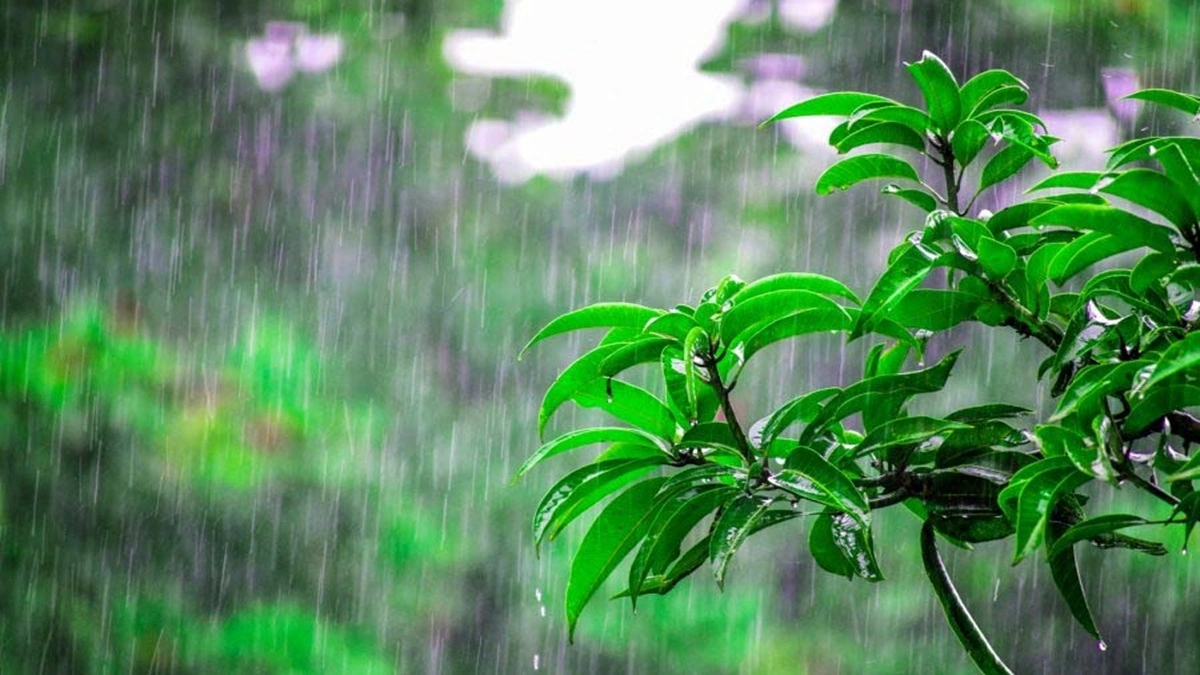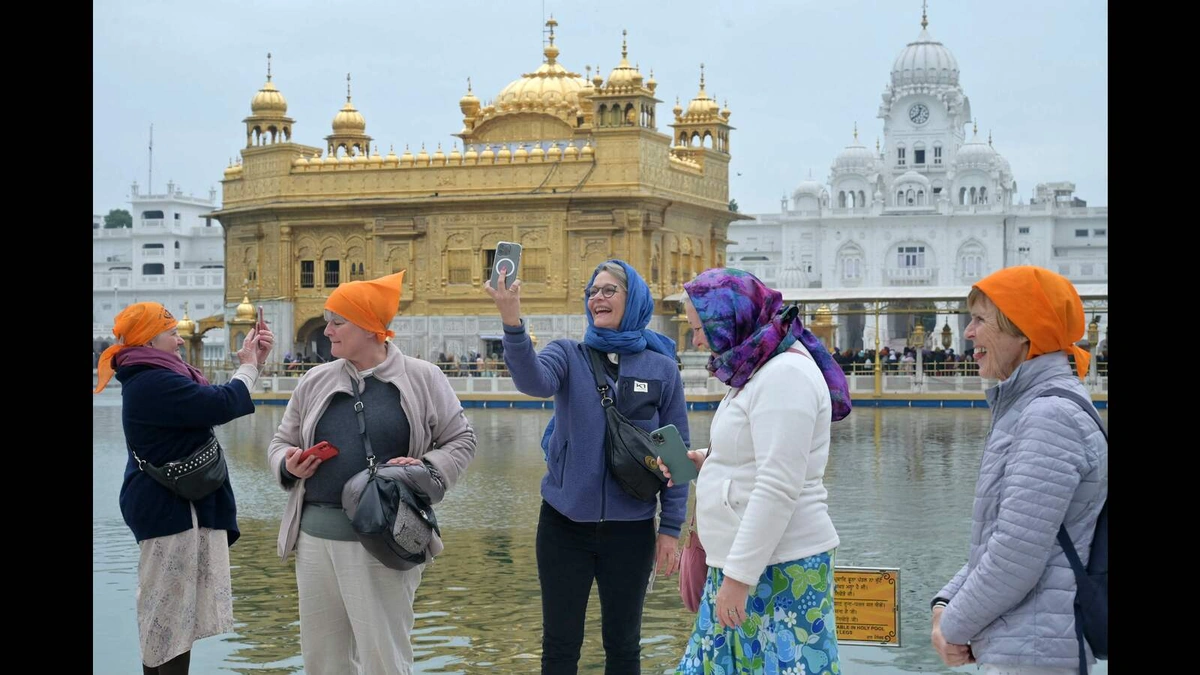Decoding India’s Weather | More Than Just Sunshine and Rain
We all check the weather , right? Glance at our phones to see if we need an umbrella, maybe adjust our plans for the weekend. But what if I told you the daily forecast is just the tip of the iceberg? That understanding the weather patterns in India from the monsoons to those crazy heatwaves is actually key to understanding, well, everything?
Here’s the thing: In India, weather patterns aren’t just about convenience; they’re about survival, agriculture, the economy, and even our culture. So, let’s ditch the surface-level forecasts and dive into the ‘why’ behind India’s fascinating and sometimes ferocious weather.
The Monsoon | India’s Lifeblood – and Its Biggest Gamble
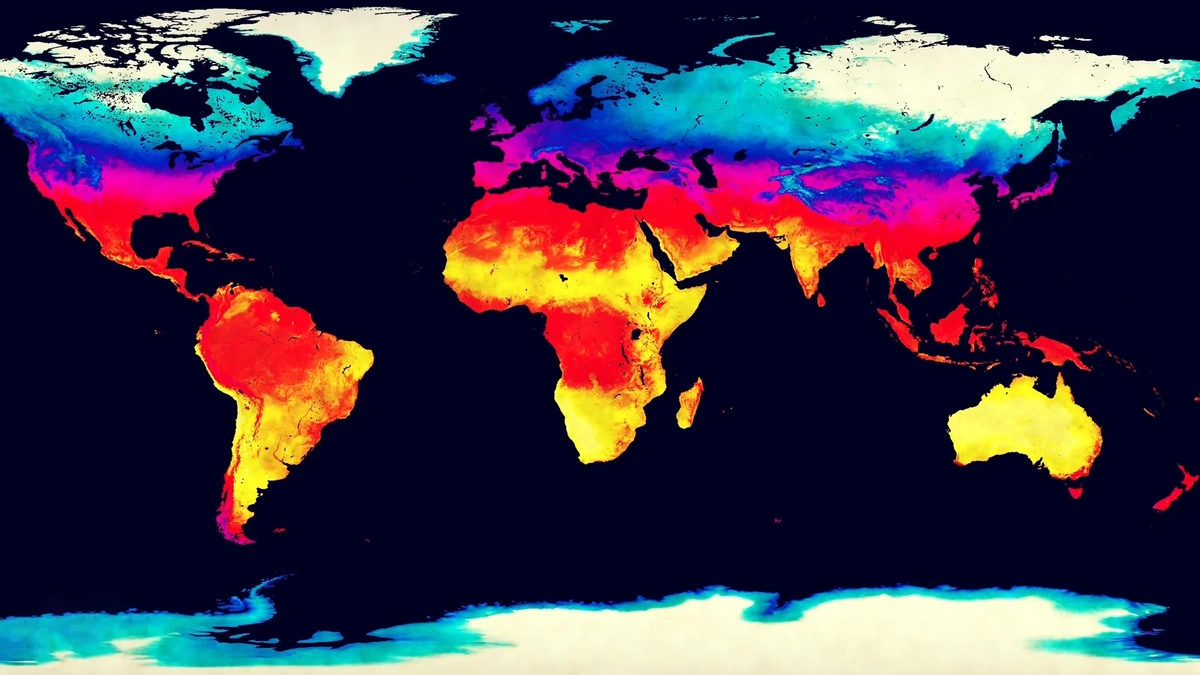
The monsoon. We hear about it every year. The news channels are filled with reports about its arrival, its progress, its intensity. But do we really grasp its significance? Check your local conditions
The monsoon is more than just rain. It’s the engine that drives Indian agriculture. Over half of India’s agricultural land is rain-fed, meaning it relies directly on monsoon rains. A good monsoon means a bumper crop, a thriving rural economy, and happy farmers. A bad monsoon? Well, that can spell disaster – crop failures, farmer distress, and a ripple effect that impacts the entire nation.
But here’s the gamble: the monsoon is notoriously unpredictable. It can arrive early, late, or even skip certain regions altogether. And that’s where the science of weather forecasting becomes crucial. Accurate predictions can help farmers plan their planting schedules, manage their water resources, and mitigate potential losses. It can be a matter of life or death.
What fascinates me is the sheer complexity of the monsoon system. It’s influenced by a multitude of factors – from the temperature of the Indian Ocean to the snow cover in the Himalayas. Understanding these intricate interactions is what keeps meteorologists on their toes. Speaking of keeping on your toes, are you ready for a long summer of hot temperature. Don’t forget to checkout: Weather Delhi.
Heatwaves | The Silent Killer You Need to Take Seriously
Let’s be honest: heatwaves in India are no joke. They’re not just about feeling uncomfortable; they’re a serious public health threat. Every year, heatwaves claim thousands of lives, particularly among the poor and vulnerable populations. And with climate change, they’re only getting more frequent and more intense.
But here’s why this matters beyond just feeling hot. The impact of heatwaves is far-reaching. They can lead to water scarcity, power outages, and increased risk of wildfires. They can also exacerbate existing health conditions and put a strain on our healthcare system.
So, what can we do? Well, awareness is key. Knowing the symptoms of heatstroke (high body temperature, confusion, seizures) and taking preventive measures (staying hydrated, avoiding strenuous activity during peak hours) can save lives. The IMD has lots of great tips if you want to avoid the heat.
Air Quality | The Invisible Weather Threat
Okay, let’s talk about something most people don’t immediately associate with weather patterns: air quality. But here’s the deal – the two are intrinsically linked. Wind patterns, temperature inversions, and even rainfall can significantly impact the levels of pollution in our air. And in a country like India, where air pollution is already a major concern, understanding this connection is crucial.
I initially thought this was straightforward, but then I realized the complexity. Consider Delhi, for instance. During the winter months, when winds are calm and temperatures drop, pollutants get trapped near the surface, leading to those infamous smog episodes. But it’s not just a winter problem. Dust storms from the deserts of Rajasthan can travel thousands of kilometers, impacting air quality in cities across the country. It really is something how it all connects, isn’t it?
Climate Change | The Big Picture Context
We can’t talk about weather in India without addressing the elephant in the room: climate change. Now, I know this can be a sensitive topic, but it’s important to understand the science and the implications.
The simple truth is that climate change is already impacting India’s weather patterns. We’re seeing more frequent and intense heatwaves, changes in rainfall patterns, and rising sea levels. These changes pose a significant threat to our economy, our environment, and our way of life. The India Meteorological Department is working overtime trying to keep up.
But it’s not all doom and gloom. There are things we can do to mitigate the impacts of climate change. Transitioning to renewable energy, improving energy efficiency, and adopting sustainable agricultural practices are all steps in the right direction.
Weather is a fascinating and complex topic, especially in a country as diverse as India. It’s not just about sunshine and rain; it’s about understanding the intricate connections between our environment, our economy, and our society. By becoming more informed about weather patterns and climate change, we can make better decisions and build a more resilient future.
FAQ About Indian Weather
What causes the Indian monsoon?
The Indian monsoon is caused by a complex interplay of factors, including temperature differences between land and sea, wind patterns, and the presence of the Himalayas. Basically, in the summer, the land heats up faster than the ocean, creating a low-pressure area that attracts moisture-laden winds from the Indian Ocean.
How does climate change affect Indian weather?
Climate change is leading to more frequent and intense heatwaves, changes in rainfall patterns, rising sea levels, and an increased risk of extreme weather events like cyclones and floods.
What is the India Meteorological Department (IMD)?
The IMD is the government agency responsible for weather forecasting and monitoring in India. They provide crucial information to farmers, policymakers, and the general public.
How can I stay safe during a heatwave?
Stay hydrated, avoid strenuous activity during peak hours, wear light-colored clothing, and seek shade. If you experience symptoms of heatstroke, seek medical attention immediately.
Where can I find reliable weather forecasts for India?
You can find reliable weather forecasts on the IMD website, as well as on various news websites and weather apps. Just be sure the source is reputable.
What are some long-term climate change adaptation strategies for India?
Some strategies include investing in water conservation, developing drought-resistant crops, building more resilient infrastructure, and promoting sustainable land management practices.
